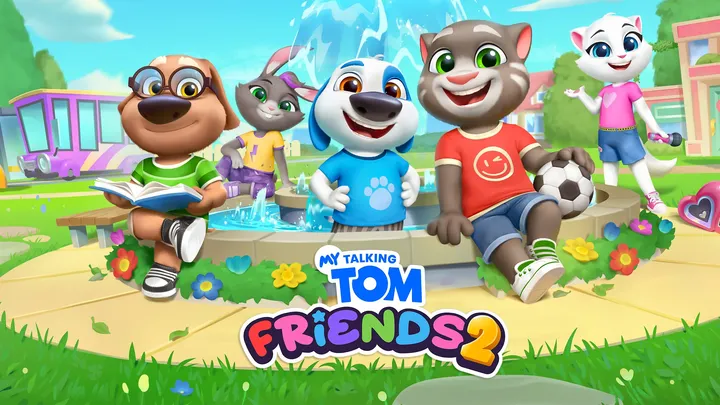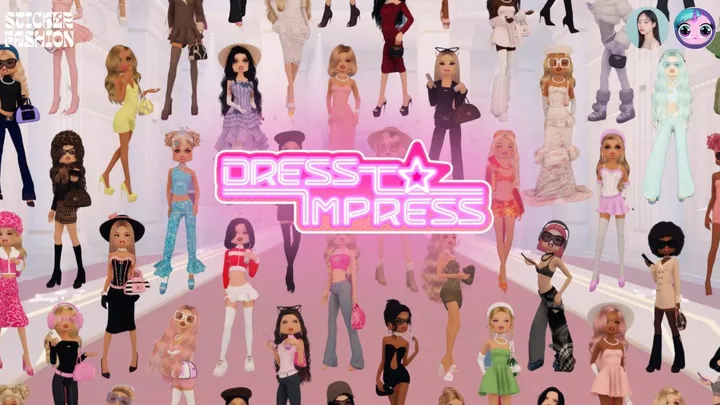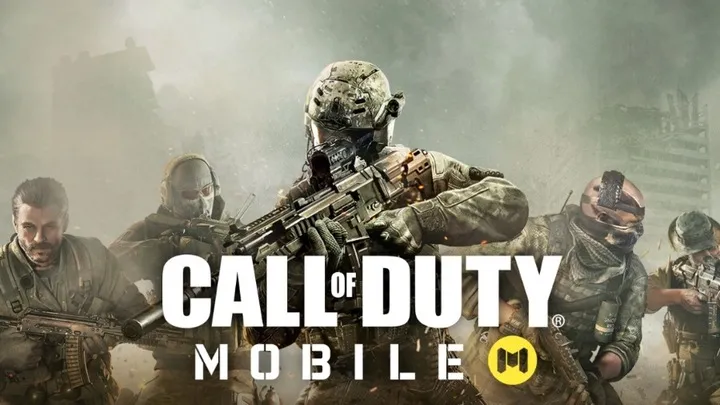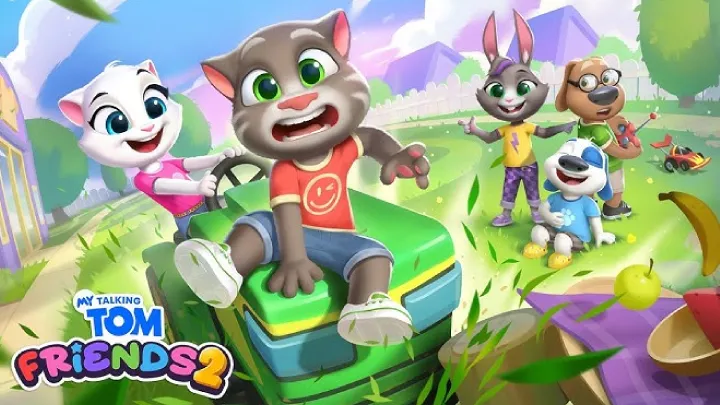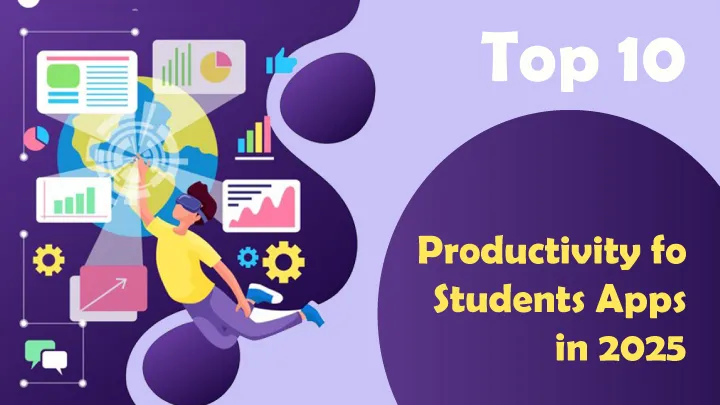At first glance, Merge Fellas looks like the perfect casual puzzle game: colorful pieces, satisfying merges, and a simple “combine to upgrade” loop. Yet beneath the cheerful art style lies a deeper design dilemma — the game’s pacing. Players are drawn in by the immediate joy of merging, but as progression slows, frustration sets in. The tension between fun mechanics and grind-heavy systems defines the player experience.
This article explores the core issue of progression pacing in Merge Fellas, tracing how early excitement shifts into long-term frustration, and what lessons the game offers for mobile puzzle design.
1. The Addictive Loop of Merging
At its heart, Merge Fellas thrives on a simple yet powerful mechanic: take two identical items, combine them, and get something better.
- Instant reward: Every merge delivers visual and gameplay feedback.
- Psychological hook: The brain craves completion and improvement.
- Early satisfaction: In the first hours, progress feels fast and engaging.
The brilliance of this loop is undeniable — but it sets player expectations dangerously high.

2. Early-Game Flow and Fast Rewards
In the beginning, progression feels smooth. New items unlock quickly, boards expand, and each merge brings exciting discoveries.
Why this works
- Players feel empowered to experiment.
- Unlocks arrive at just the right pace.
- The sense of momentum fuels play sessions.
But this honeymoon phase doesn’t last. Once the tutorial scaffolding is removed, pacing begins to slow.
3. The Sudden Wall of Progression
By mid-game, many players hit what designers call a “progression wall.”
- Merges require rarer items.
- Unlock timers increase drastically.
- Resource costs balloon.
This shift feels abrupt, almost like hitting a brick wall — creating a jarring contrast with the fast-paced early hours.
4. Timers and Waiting Mechanics
One of the most controversial pacing tools in Merge Fellas is the use of timers.
The timer problem
- Basic items appear only after long cooldowns.
- Merges are bottlenecked by artificial waits.
- Players are nudged toward spending premium currency.
This creates a sense that the game is less about skill or strategy and more about patience — or payment.
5. Monetization and Its Role in Pacing
It’s impossible to separate progression pacing from monetization.
- Energy systems limit play sessions.
- Boosters accelerate merges but cost money.
- Bundles offer rare items to skip grind.
This business model is common in free-to-play puzzle games, but in Merge Fellas, it risks undermining the joy of merging entirely.

6. The Psychology of the Grind
Why do players put up with this grind? Because the merge loop is intrinsically satisfying.
- Intermittent rewards keep players hooked, even during slow progress.
- FOMO (fear of missing out) pushes players to log in daily.
- Sunk-cost fallacy keeps long-term players grinding despite frustration.
The pacing isn’t just design — it’s psychology in action.
7. Strategies Players Use to Cope
Communities around Merge Fellas often share ways to deal with slow progression.
Common coping strategies
- Optimizing merges: Always save pieces for higher-tier merges.
- Daily grind: Logging in at specific times to maximize cooldowns.
- Event focus: Using limited-time events to stockpile resources.
These strategies highlight how players adapt to pacing issues — but also how much effort it takes just to keep progressing.
8. Events and Temporary Relief
Events offer bursts of faster progression, giving players something fresh.
- Short-term excitement: More merges, quicker rewards.
- Temporary pacing fix: A sense of momentum returns.
- But: Once the event ends, the grind resumes, often harsher than before.
Events function like a relief valve, but they don’t solve the core pacing dilemma.
9. Design Alternatives for Better Balance
What could Merge Fellas do differently? Game design theory offers solutions.
Possible fixes
- Gradual pacing curve: Avoid sudden difficulty spikes.
- Alternative progression paths: Side goals to keep players engaged.
- Dynamic timers: Shorten waits for active players.
- Lore integration: Make grind feel meaningful, not arbitrary.
By blending fun with fairness, pacing could transform from frustrating to motivating.
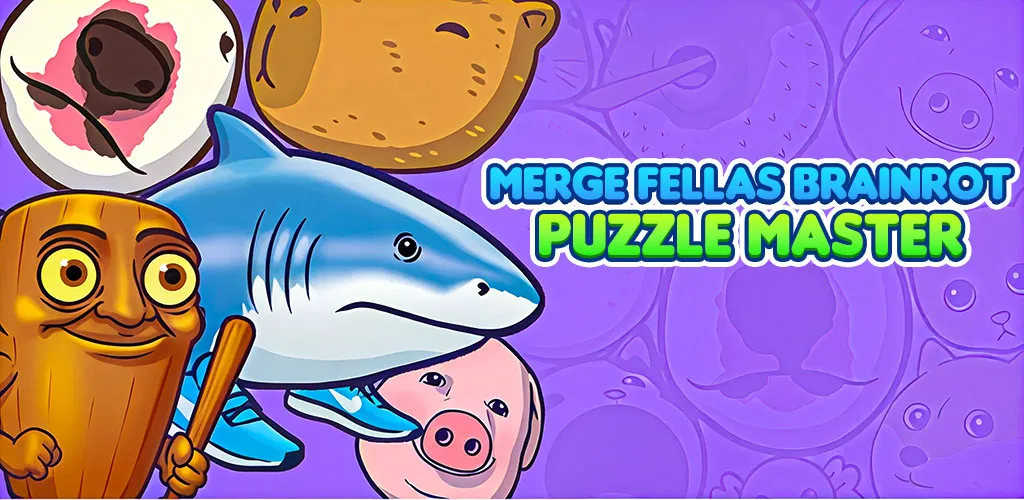
10. Lessons for Merge Game Design
Merge Fellas teaches important lessons for puzzle and merge game design.
- Don’t betray early-game expectations. If progression is fast early, slowing too much feels punishing.
- Balance monetization with enjoyment. Overly aggressive pacing pushes players away.
- Respect player time. Long timers without alternatives create resentment.
Ultimately, pacing isn’t just a technical choice — it defines the player’s emotional journey.
Conclusion
Merge Fellas exemplifies both the brilliance and pitfalls of modern mobile puzzle design. Its merge loop is inherently fun, but its progression pacing often undermines that fun, replacing excitement with grind. For some players, this becomes a dealbreaker. For others, it’s a challenge to outsmart.
The real question is whether future updates — or new merge games inspired by Merge Fellas — can strike a better balance between freedom, reward, and patience. Done right, merge games could be as fulfilling long-term as they are addictive in the first hour.




